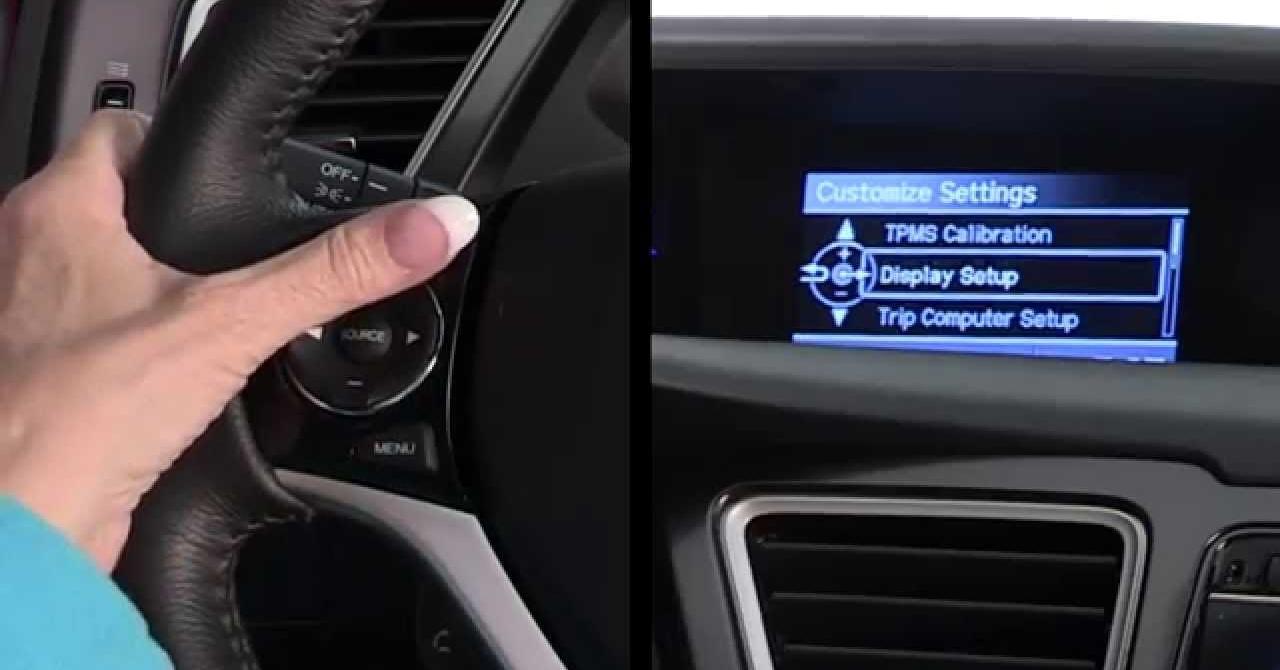Are you curious to know what is TPMS calibration? You have come to the right place as I am going to tell you everything about TPMS calibration in a very simple explanation. Without further discussion let’s begin to know what is TPMS calibration?
In the ever-advancing landscape of automotive technology, safety features play a pivotal role in ensuring a smooth and secure driving experience. One such technology that has become standard in modern vehicles is the Tire Pressure Monitoring System (TPMS). But what exactly is TPMS calibration, and why is it crucial for maintaining optimal safety and performance on the road? Join us as we delve into the intricacies of TPMS calibration and its significance in the world of automotive maintenance.
What Is TPMS Calibration?
The Tire Pressure Monitoring System is a safety feature designed to alert drivers when tire pressure falls below a predetermined level. It is a crucial component in preventing accidents, enhancing fuel efficiency, and prolonging tire life. TPMS typically employs sensors within each tire to monitor air pressure, sending real-time data to the vehicle’s onboard computer.
What Is TPMS Calibration?
TPMS calibration refers to the process of ensuring that the system accurately detects and displays the tire pressure for each individual tire. Calibration is essential when new tires are installed, the sensors are replaced, or there are changes to the vehicle’s tire size or pressure specifications. Proper calibration ensures that the TPMS provides accurate readings, allowing drivers to respond promptly to any deviations from the recommended tire pressure.
Key Aspects Of TPMS Calibration:
- New Tire Installation:
When new tires are installed, it is crucial to calibrate the TPMS to the specific pressure requirements of the vehicle. This helps in maintaining accurate readings and ensuring the system can promptly alert the driver to any potential issues.
- Sensor Replacement:
If TPMS sensors are replaced due to damage or wear, calibration is necessary to synchronize the new sensors with the vehicle’s computer system. This ensures seamless communication and accurate tire pressure monitoring.
- Changes in Tire Size or Pressure:
Modifications to the vehicle, such as changing the tire size or adjusting the recommended tire pressure, may necessitate TPMS calibration. This ensures that the system remains aligned with the updated specifications.
- System Reset:
In some cases, TPMS calibration may be required after a system reset. This can occur when addressing false alerts or diagnosing issues with the TPMS functionality.
Get Information About Advantages On Mainadvantages.
Significance Of TPMS Calibration:
- Safety:
Accurate tire pressure monitoring is crucial for ensuring the safety of the vehicle and its occupants. Properly calibrated TPMS helps prevent underinflated tires, which can lead to reduced traction, increased braking distances, and the risk of tire blowouts.
- Fuel Efficiency:
Maintaining the recommended tire pressure contributes to optimal fuel efficiency. Proper TPMS calibration helps drivers stay informed about tire pressure, enabling them to address any deviations promptly and improve overall fuel economy.
- Tire Longevity:
Well-maintained tire pressure extends the lifespan of the tires. TPMS calibration plays a vital role in ensuring that the system provides accurate readings, allowing drivers to address issues before they impact tire integrity.
Conclusion:
In the dynamic world of automotive technology, TPMS calibration stands as a crucial element in maintaining safety, performance, and efficiency on the road. As vehicles continue to integrate advanced features, understanding and prioritizing TPMS calibration becomes paramount for responsible vehicle ownership and a secure driving experience.
FAQ
How Do You Calibrate A TPMS?
Pressing the TPMS button that is located on your steering column will start the process. Hold down the button until you see the indicator light blink twice. You’ll need to drive your vehicle for thirty minutes to re-calibrate the system.
How Much Does It Cost To Calibrate TPMS?
The average cost for a Tire Pressure Monitoring System Relearn is between $35 and $44. Labor costs are estimated between $35 and $44.
How Can I Reset My TPMS?
Hold the TPMS reset button until the tire pressure light blinks three times, then release it. Start the car and wait about 20 minutes for the sensor to refresh. You will find the tire pressure monitor reset button under the steering wheel. Refer to your vehicle’s owner’s manual if you can’t find it.
How Do I Know If My TPMS Sensor Is Bad?
If you notice that your tires have low air pressure and there was no warning from the system, it is most likely due to a failure of a TPMS sensor. Using a tire pressure gauge indicates a problem with the sensor or a tire. Another noticeable side effect is when steering becomes tight.
I Have Covered All The Following Queries And Topics In The Above Article
What Is Tpms Calibration Honda
What Is Tpms Calibration Honda
What Is Tpms Calibration Toyota
What Does Tpms Calibration Do
Tpms Calibration Honda Civic
How To Calibrate Tire Pressure Sensor Toyota
How Long Does Tpms Calibration Take
How To Calibrate Tire Pressure Sensor Chevy Silverado
Tire Calibration Meaning
What Is Tpms Calibration
What is a TPMS means
